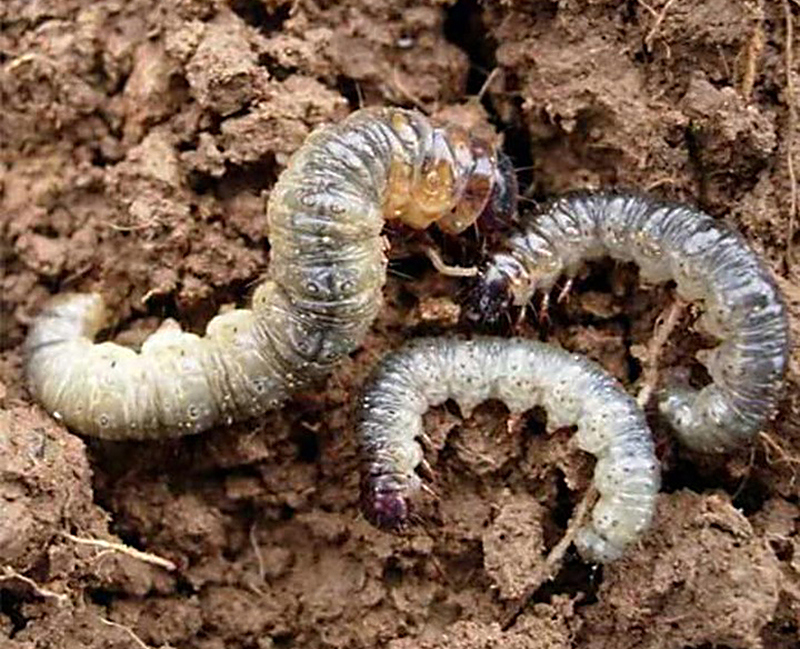Yates Account
Join now
Create a Yates account today!
Sign up to join the Yates Garden Club for monthly e-mails packed with seasonal inspiration, tips for success & exclusive promotions.
Plus if you’re a Garden Club member you can take part in the Yates Growing Community - a blog to share successes, get advice & win prizes in fun challenges along the way!

Forgot password
Enter the email address associated with your account, and we'll email you a new password.
Lepidoptera
Wiseana spp.

What are Porina caterpillars?
Porina is a family of seven related species of native New Zealand moths; four of these are serious pests of lawn grass and pasture. The caterpillars are the larval form of the moths - after hatching they live in silk-webbed tunnels at the soil surface, but as they mature they dig deep underground burrows that leave visible soil casts. They pop out of the burrows from late afternoon to early evening to feed on grass, chewing it off at ground level and causing rapidly expanding bare patches of lawn. Interestingly, they don't feed on roots like grass grubs, they nip off grass stems then drag the grass into their burrows to eat it.
Porina only have a single generation each year. The nocturnal adult moths fly in waves from late spring to early autumn, laying thousands of eggs over their short life spans.
Symptoms
Damage from the caterpillars is most noticeable during autumn and early winter. They don't move far from their burrows, so their grazing leaves distinctive bare soil patches with pencil width burrow holes in the centre. In heavy infestations, the individual bare spots can join up into very large bare or weedy areas, causing serious damage to lawns.
In addition to bare patches, if you see birds pecking at the lawn and leaving divots, it can be a sign that the porina caterpillar is present (the birds are searching for caterpillars).
How to protect your lawn against Porina
Yates® Lawn Grub and Porina Kill + Protect delivers excellent preventative control against porina caterpillars. For best results, apply the granules early in the spring season at the appearance of pests. The long residual performance of Yates® Lawn Grub and Porina Kill + Protect provides up to 6 months protection.
Keeping your lawn strong and healthy really helps it to resist pest pressure. Give your lawn a weekly deep watering, mowing at a higher level and feeding it regularly with Yates Dynamic Lifter Organic Lawn Food.
Adult moths are attracted by light; if your outdoor lighting is close to your lawn area, during spring to summer, it's a good idea to turn it off or avoid using it for extended periods.














Share
Share this article on social media